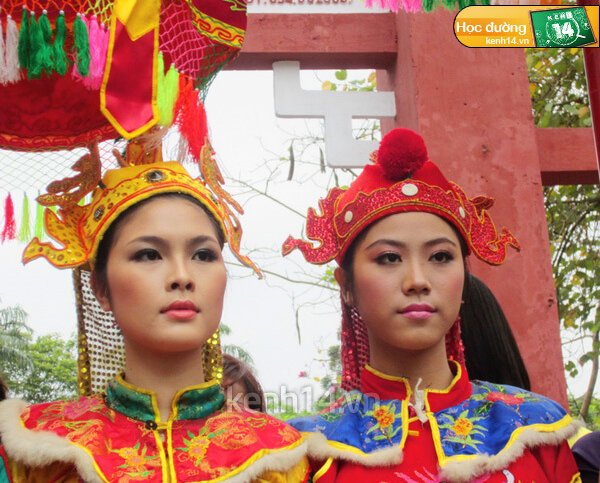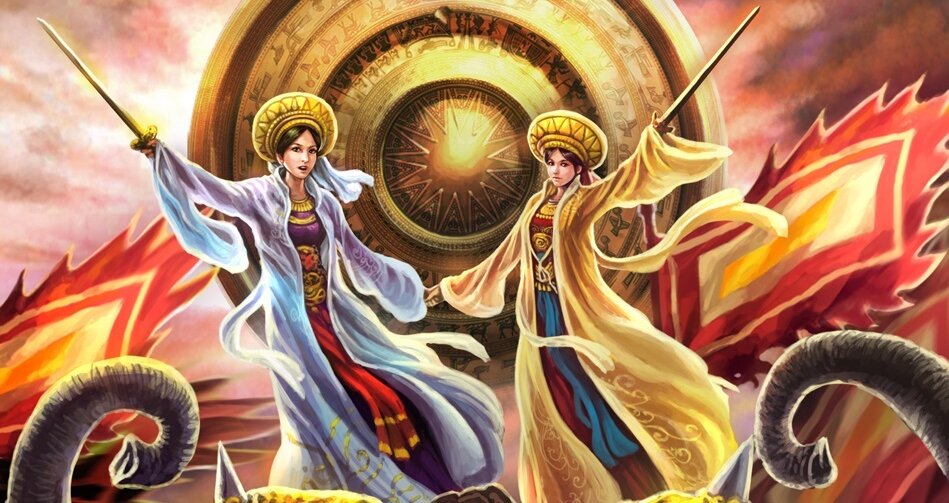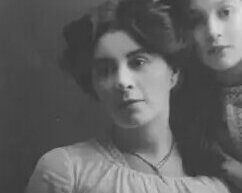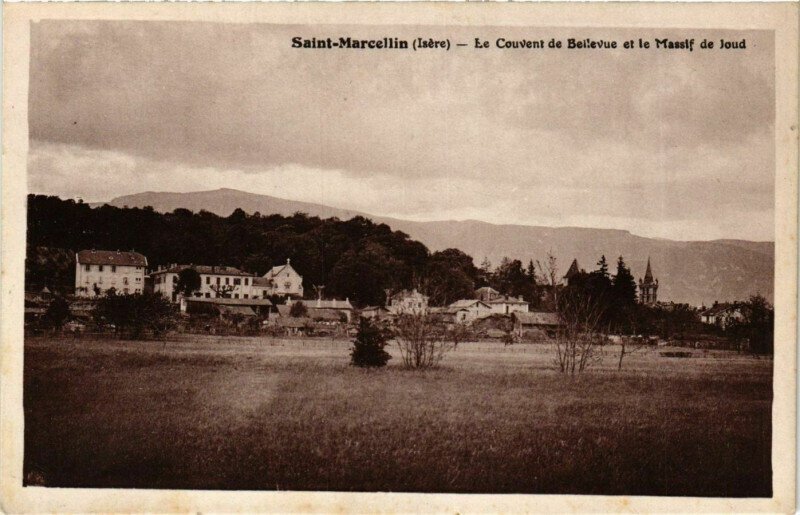Stories and Legends of Annam
by Clotilde Chivas-Baron
From the "Two Sacred Ladies" to the virtuous daughter of a disgraced king,, a collection of Vietnamese folktales mixing history, legends and folklore.

- Format
- on-demand books
- Publisher
- Andrew Melrose Ltd., London and New York
- Edition
- digitized by HardPress, Miami, USA | Kindle Format
- Published
- 1920
- Author
- Clotilde Chivas-Baron
- Pages
- 253
- Language
- English
“The Annamite, having no very definite beliefs, accepts the most contradictory legends in the same spirit of — superficial— faith, attracted only by the “marvellous,” which entertains and instructs him”, remarks the authoress in the presentation of this slim yet instructive volume.
Reading these tales and the sagacious footnotes, one can measure the similarities and differences between the Vietnamese and the Cambodian folk cultures.
The Genii
“The Genii, the Ma, are everywhere. Benevolent or ferocious, they are hidden in the calm rivers, the dangerous torrents, in the sea, under the mountain, or in the heart of the forest. Each tree, each plant, conceals a god. Is the tree useful? The Ma is good. Is the plant poisonous? The Ma is evil. The Ma-Ra, or Ma-Da (Water Genii) are of capricious temper. Anything may be feared from their wrath. The Ma-Xo (Mountain Genii) hold or let loose the thunder. The Ma-Loan (Frightful Monsters) spread epidemics, and the Ma-Troi (Will o’ the Wisps) cause fear after nightfall. The lesser genii, moreover, frequently take animal form. My Lord the Tiger is something of a god. He is respected as much as feared. When dead, he yet causes death; for from his claws, his whiskers, and his slaver, are born animal poisons, of which the sorcerers make great use. One little bone alone, the Way-khai, found in My Lord’s shoulder, brings good luck. The elephant is the great Mandarin, the “gentleman who knows everything.” The whale is a good soul; and on the beach may be found the little pagodas dedicated to the “lady-fish,” in honour of the fortunate spot where her body was driven ashore. Familiar spirits exist, household gods ready to make themselves useful … or to try the patience of the house-mistress. Such are the rat, the ant (gentleman with supernatural powers), the extraordinary a tiny transparent lizard, the Buddha-serpent, etc. Some beasts are frankly fabulous; the throng-cuong, the dragon who dwells in the lagoons, or walks, in the clear dawn, on the great marble peaks. He can only be seen by those guilty of some crime, to whom he announces the approach of celestial vengeance. The con-ngoc, the pearl-animal, assures his possessor of perfect felicity. The appearance of a pair of phoenixes, birds wonderful as rare, presages precious fidelity in marriage. Lastly, besides the Ma and the dragons, everyone knows the con-tinh, a redoubtable feminine genie. When nights are dense, without starlight, the con-tinh dance a dishevelled sarabande; and woe betide the heedless mortal whom they entwine in their hellish rounds! All these genii, good and evil, are only lesser spirits. It would be unseemly to confuse them with the “Than,” the greater genii, essentially benevolent, or, above all, with the great, the sacred Dragon, whose gigantic body sustains the whole land of Annam. His heart is at the capital, and his members stretch from High Ton kin to Low Cochin-China. Here and there, in river-beds or hollow vales, these sacred members are almost on the surface of the soil. Care must then be taken not to dig the earth too deeply; the Dragon might be injured, and grave catastrophes caused.”
The Co Trung
Each year, on the 24th day of the 6th lunar month (which calculates out to August 10 of this year), a sacrifice must be made for the Cổ Trùng. This ritual lasts for 3 days (24, 25, 26, which would be respectively August 10, 11, and 12).On each of these days, the sorcerer must butcher three animals: a live pig, a chicken, and a goat which they then must prepare in various ways, ie. roasting, broiling, grilling, baking, etc.
The Trung Sisters
Among the part-legendary part-real heroes of the Vietnamese rich history of national uprising and resistance to foreign agressors (from China, France or the USA), the Trung Sisters (The Two Sacred Ladies) were and remain the great female figures of Vietnam.
Two modern representations of the Trung Sisters (above, Jane Griffiths’ blog, then Taobabe blog)
Trưng Trắc (徵側) and Trưng Nhị (徵 貳) —their original family name being Lạc but later changed to Trưng, which meant that they were direct descendants to the kings of Lạc Việt, the Hung Kings — were the heroical fighters who defeated Chinese armies and generals. Taobabe has dedicated no less than four parts of her blog to these female icons, noting that “Mê Linh, where the sisters were born is actually present day Trường Sa city of Hồ Nam region (Changsha, Hunan, China). To this day, the Chinese have no idea what the name Changsha means or what the origin of that name comes from, but all they have to do is ask the Vietnamese. We know what that name means because it is Vietnamese in origin.”
Describing the armed forces commandered by the sisters, she writes: “Surprisingly enough, the ranks began to swell with women from all ranks and classes, eager and determined to join the cause of the rebels. Many of them were widows whose husbands had fallen under the sword of [Chinese general] Tô Định and his men. Many more were victims of raped and torture by the militia. Young and old alike, they found the sisters and asked to join the rebellion. The sisters, who were very well-versed with martial arts and weaponry, took them in and trained them all in various methods of weapons combat as well as hand-to-hand combat and basic martial arts. It took a year, but they were finally ready. In the early spring of 40 AD, the Trưng sisters led the ragtag rebel group out of hiding, towards the border of their mother’s land, Mê Linh. As soon as the rebel group came into view of Tô Định’s men, the Trưng sisters let out a wild cry and began waving their gold flags to start the fight. Everywhere Tô Định’s men could see, there were women with weapons, charging at them left and right, like crazed animals. It was highly organized and it was lethal. Tô Định’s men did not know what hit them. Not only were the foot soldiers women, but so were the generals and the commanding officers. The female fighting battalion was a force to be reckoned with. Some of the women were even pregnant, but that did not stop them from cutting down Tô Định’s men like butter.
Nothing stopped them. It wasn’t long before Tô Định’s forces were whittled down to almost nothing. Town after town, village after village, kingdom after kingdom, the Trưng sisters moved their forces forward, regaining 65 citadels that had been under the dominion of Tô Định for so many years.”
Tags: Vietnam, Vietnamese dynasties, myths and legends, folktales, French women travelers, anticolonialism, national resistance, women
About the Author
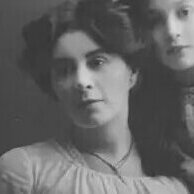
Clotilde Chivas-Baron
Clotilde Chivas-Baron (5 Sept 1876, Chatte, Isère, France — 23 Dec. 1956, Chatte) was a French writer who authored several books about Vietnam and Indochina in the years 1910s-1930s, drawing from her life in the countryside near Hue with husband Michel Baron. She had arrived in Vietnam in 1909, with her daughter from a previous marriage.
Advocating women’s empowerment and more compassion to the civil society from the colonial administration, she depicted the Vietnamese daily life in various contributions to the local newspapers, collecting Vietnamese folktales and legends in Contes et légendes de l’Annam (1917) (Stories and Legends of Annam, for the 1920 English translation), in which she portrayed several Vietnamese “who died for their country” fighting the Chinese rule. She also authored La femme française aux colonies (Paris: Larose, 1929).
Her last published book in 1939, Cote d’Ivoire (Ivory Coast), was the relation of her travel to this African country, commissionned by the French Governor-General of Indochina.


